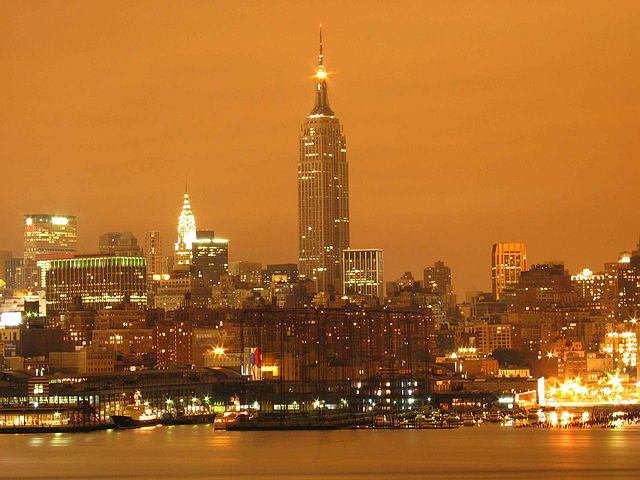In law and economics, the Coase theorem describes the economic efficiency of an economic allocation or outcome in the presence of externalities. The theorem is significant because, if true, the conclusion is that it is possible for private individuals to make choices that can solve the problem of market externalities. The theorem states that if the provision of a good or service results in an externality and trade in that good or service is possible, then bargaining will lead to a Pareto efficient outcome regardless of the initial allocation of property. A key condition for this outcome is that there are sufficiently low transaction costs in the bargaining and exchange process. This 'theorem' is commonly attributed to Nobel Prize laureate Ronald Coase.
Image: Jonespeartree mbsch
Image: Jonespeartree graphs
Image: Endowment Effect and Coase
In economics, an externality or external cost is an indirect cost or benefit to an uninvolved third party that arises as an effect of another party's activity. Externalities can be considered as unpriced components that are involved in either consumer or producer market transactions. Air pollution from motor vehicles is one example. The cost of air pollution to society is not paid by either the producers or users of motorized transport to the rest of society. Water pollution from mills and factories is another example. All (water) consumers are made worse off by pollution but are not compensated by the market for this damage. A positive externality is when an individual's consumption in a market increases the well-being of others, but the individual does not charge the third party for the benefit. The third party is essentially getting a free product. An example of this might be the apartment above a bakery receiving some free heat in winter. The people who live in the apartment do not compensate the bakery for this benefit.

Air pollution from motor vehicles is an example of a negative externality. The costs of the air pollution for the rest of society is not compensated for by either the producers or users of motorized transport.
Light pollution is an example of an externality because the consumption of street lighting has an effect on bystanders that is not compensated for by the consumers of the lighting.





